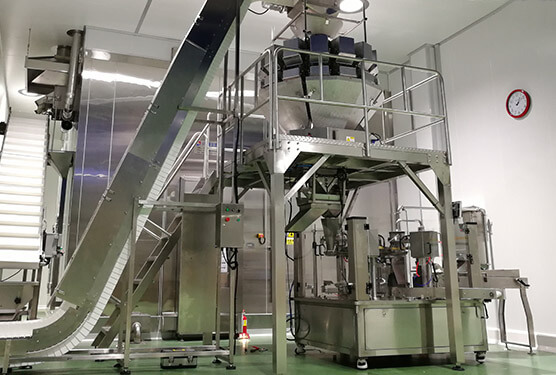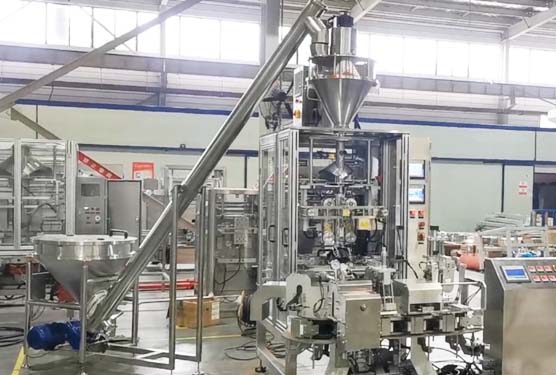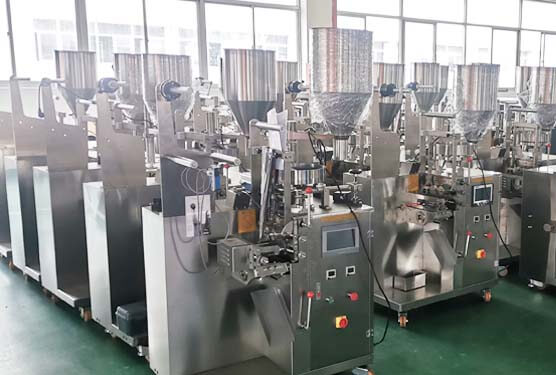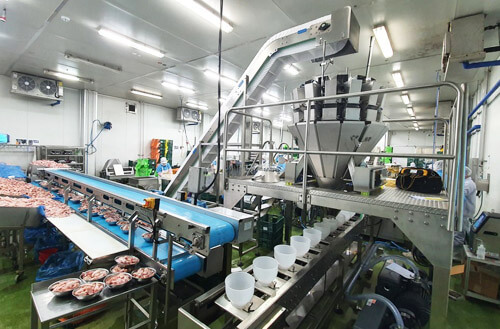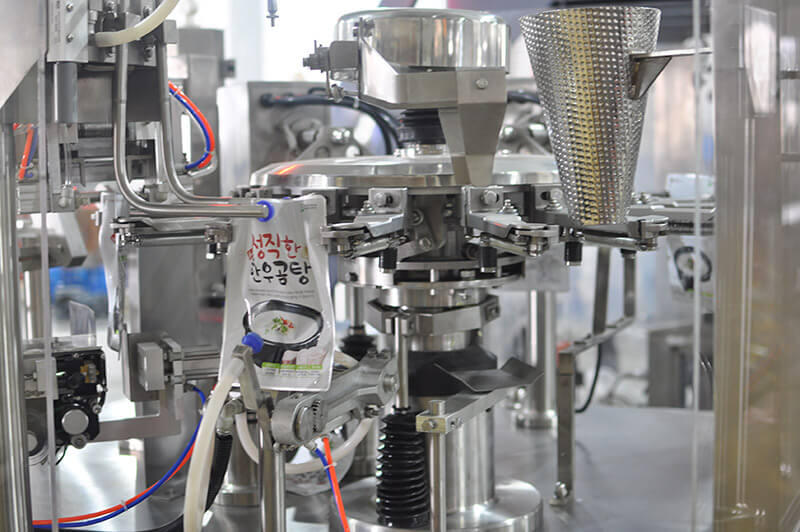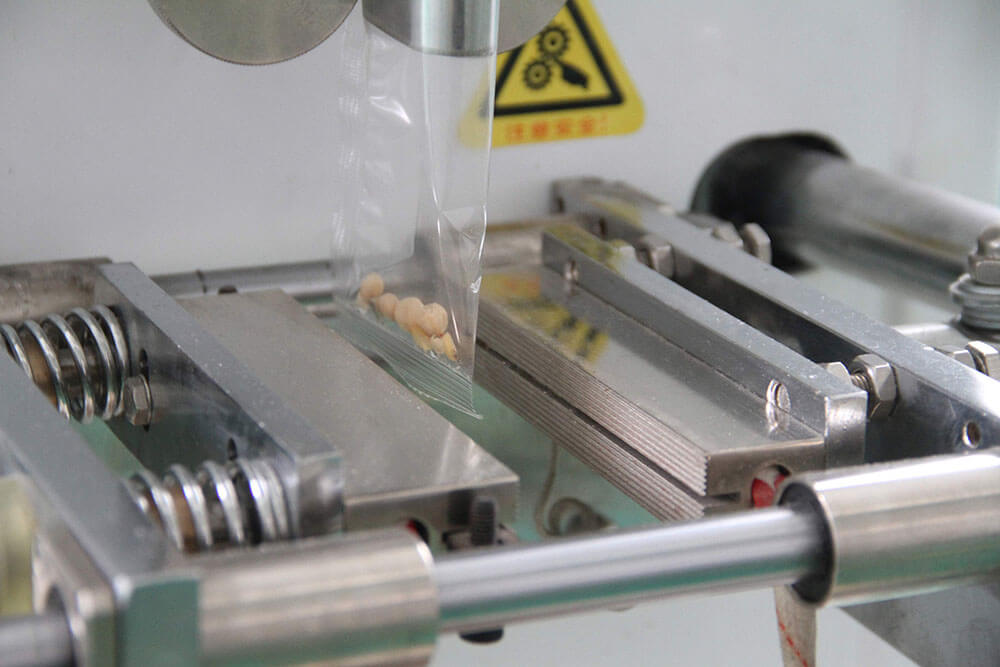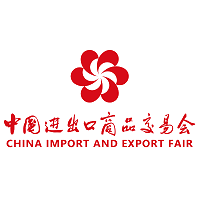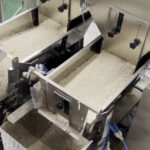You can see rigid and flexible packaging everywhere. Those are two common packaging solutions with different characteristics. They are often used for different products. Rigid packaging can give better protection due to its properties. It is very suitable for heavy products or fragile products. While flexible packaging is compact and easy to use.
After reading this article, you will find the main differences between them and their respective application areas. They all excel in their respective fields of application because of their different characteristics. And that’s one of the reasons why they are so popular.
What is Rigid Packaging
Rigid packaging is a packaging that can maintain its shape under various conditions. It is usually made of cardboard, metal, glass or hard plastic. It is heavier, stronger and more durable than flexible packaging and offers greater protection. Except the glass, because it is fragile. Rigid packaging is particularly suitable for packaging fragile products. Cardboard boxes, metal tubes, plastic bottles and glass bottles are common types of rigid packaging.
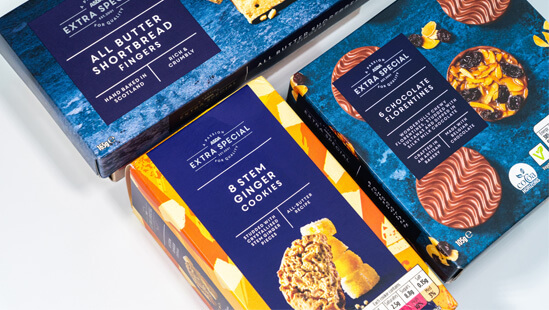
What is Flexible Packaging
Flexible packaging is made of non-rigid materials that can be bent and stretched. The common materials include paper, foil and plastic film.
It has become increasingly popular in recent years. You just can’t live without them. There are many types, and their applications are widespread. From coffee, tea, and desserts to agricultural products and electronics, you can find it in almost every supermarket.
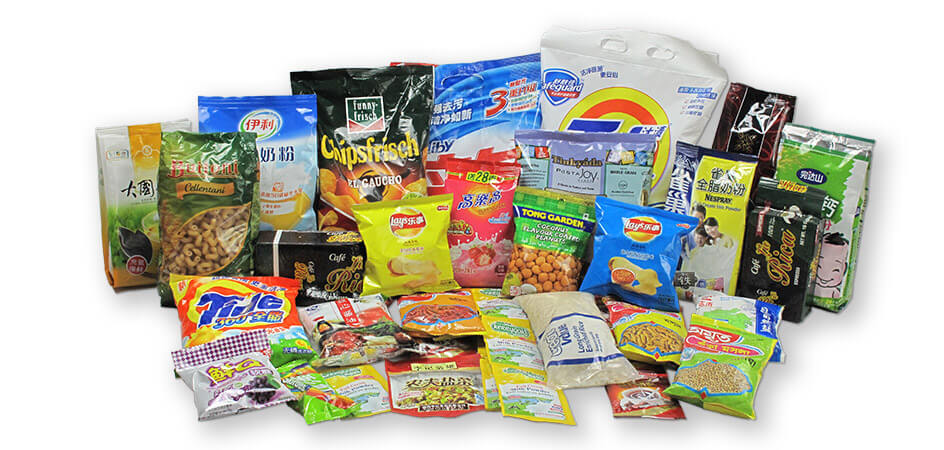
Differences between Rigid and Flexible Packaging
Impact Protection and Durability
Rigid packaging has better impact protection than flexible packaging, the production would be well protected during transport. And you can stuff loose space inside the package with foam peanuts to give better protection. The material of rigid packaging has higher strength than flexible packaging and can withstand greater pressure and impacts. Suitable for fragile items and heavy products. Rigid packaging is also usually more durable. For example, after you have finished eating the chocolate in a chocolate tin, you can use it to store sugar or salt. It is very durable.
Fragility
Though rigid packaging is strong, it is fragile in some way. Glass bottles will break when they fall to the ground, and some other rigid packaging may dent when it falls to the ground. While flexible packaging just bounces back to its normal shape when it falls off. They are considered shatterproof, but can be punctured with a sharp object.
Material Properties and Types
Rigid packaging is denser and heavier. Flexible packaging is usually thinner, more compact, lighter and easy to stack. Thanks to these features, they facilitate transportation.
The common materials of rigid packaging include cardboard, hard plastic, metal and glass. While flexible packaging is made from materials such as soft plastic, film and paper.
Preservation of Freshness
Flexible packaging can effectively preserve perishable foods. Some flexible packaging has resealable zipper tops that can lock in freshness after the product has been opened, protecting the product from air or moisture. Plastic wrap can also do this too. But flexible packaging may affect the flavor of food. Rigid packaging also has a good preservation function before the package is open.
Convenience
In terms of convenience, flexible packaging is superior. Flexible packaging is usually small and light, making it easy to carry. You can just tuck them into your pocket or bag. And it is easy to open, thanks to its materials and easy tear construction. It also comes in a variety of forms and has many functional packaging features, such as the packages with a nozzle, zipper, or even a handle.
Customization
Flexible packaging is easier to customize. It can be customized into a variety of forms, and materials of various colors and transparency can be selected to meet your needs. It also can be customized into a variety of functions. The degree of customization of rigid packaging is not as rich as that of flexible packaging.
Shelf Display
Flexible packaging has a high degree of printing and high quality, and can print more vivid patterns on flexible packaging. It can achieve 100% printing, and is small and compact, so it can display many flexible packaging products on the shelf. Naturally, it has greater marketing potential. Rigid packaging is usually larger and takes up a lot of space on the shelf, so it can display fewer products, which is not conducive to shelf display.
Cost
The cost of rigid packaging is higher than flexible packaging, and its transportation cost is also higher than flexible packaging due to its high density, high mass and large volume. So flexible packaging is more cost-effective.
Environmental Friendliness
Flexible packaging requires less energy during production. Less energy during transportation and has less landfill space because they are small, light and easy to stack. It also generates less landfill waste. It has a smaller carbon footprint too. However, rigid packaging is easier to recycle than flexible packaging because it is made from materials that are easy to recycle. Such as hard plastic, glass and metal. And flexible packaging is more difficult to degrade than rigid packaging.
Pressurization
Rigid packaging can maintain the pressurization. Some products that must be contained under pressure, such as soda pop and aerosols. Flexible packaging can’t maintain the pressure to ensure the integrity of these products.

Rigid Packaging Examples and Types
Rigid packaging provides structural protection and good impact protection, making it ideal for packaging heavy and fragile products. Rigid containers can be used to store products that require special protection. And it can maintain the pressurization. It is also stable.
| Types | Examples of Products | Packaging Features |
| Glass Jars | chocolate, jellies, sauces, canned fruit, condiments | stable properties, does not contaminate food |
| Glass Bottles | bear, fragrances, juice, pharmaceutical glass bottles, vaccine vials, ointment tubes | Glass bottles generally do not react with chemicals, stable properties, special protection |
| Plastic Bottles | water, juice, soda drink, milk bottles, shampoo bottles, laundry detergent bottles | good protection, good impact protection, it can maintain the pressurization, large volume |
| Metal Tins and Cans | canned food, carbonated drink cans, hairspray cans, shaving foam cans, deodorant | good protection, good impact protection, it can maintain the pressurization, durable, |
| Cardboard Boxes | chocolate, phone packaging boxes, electronic product boxes | good shelf display, good protection, good impact protection |
Flexible Packaging Examples and Types
Flexible packaging is lightweight and provides compact protection. Flexible packaging is more portable and easy to use, very suitable for daily use and when traveling. And it has a great shelf display. It is very popular in retail products. It comes in a variety of formats. It is highly customizable and has many functional packages.
| Types | Examples of Products | Packaging Features |
| Plastic Bags and Pouches | bread, candy, snacks, chocolate, chips, wipes, medical swabs, | lightweight and compact, portable and easy to use, easy to tear, great shelf display |
| Plastic Pouches with Functions(with window, nozzle, zipper, handle) | chocolate, cereals, ketchup | highly customizable and functional |
| Paper Bags | bread or other baked goods, tea, coffee beans, candy | easy to tear, lightweight, great shelf display |
| Aluminum Foil Bags | chocolate, coffee, tea, spices | excellent barrier properties, protect the products from oxygen, moisture and light, |
Conclusion
The differences between rigid and flexible packaging is also one of the things that people like about them because you can find one that fits better between the two of them in different products and in different scenarios. For example, when you are traveling your disposable toiletries are basically in flexible packaging, however sodas and beer are in rigid packaging. Through my discussion above and your usual life experience, you can easily know what products use rigid packaging and what products use flexible packaging, or according to the use of the scene to determine which kind of packaging to use. And they have a wide range of applications.

